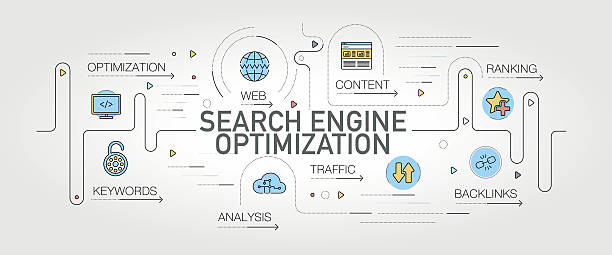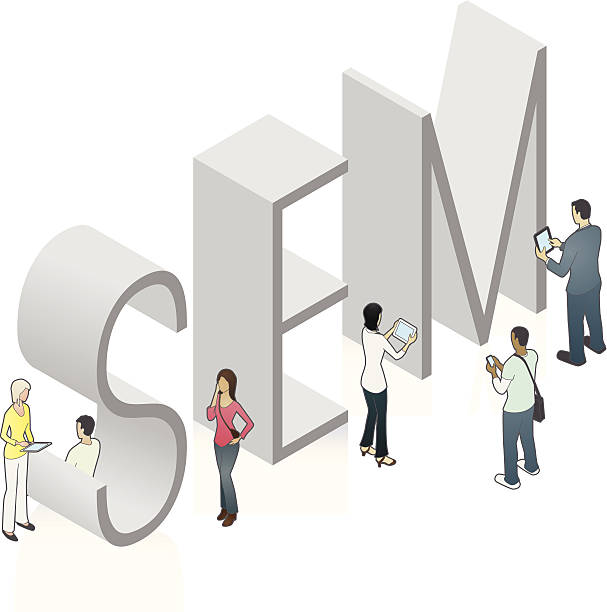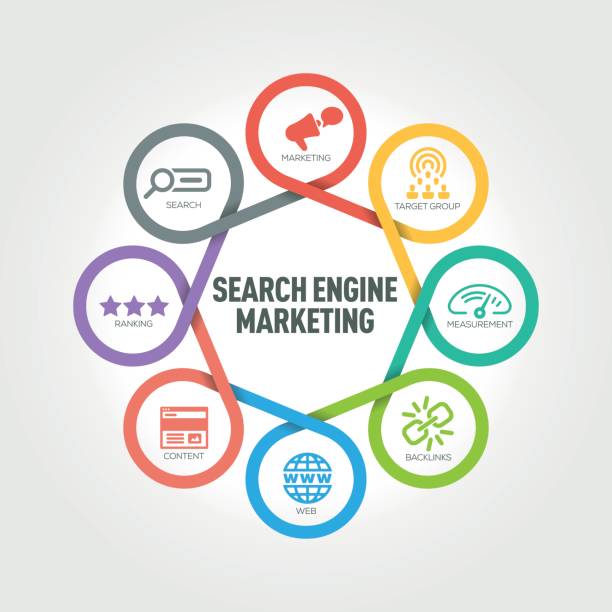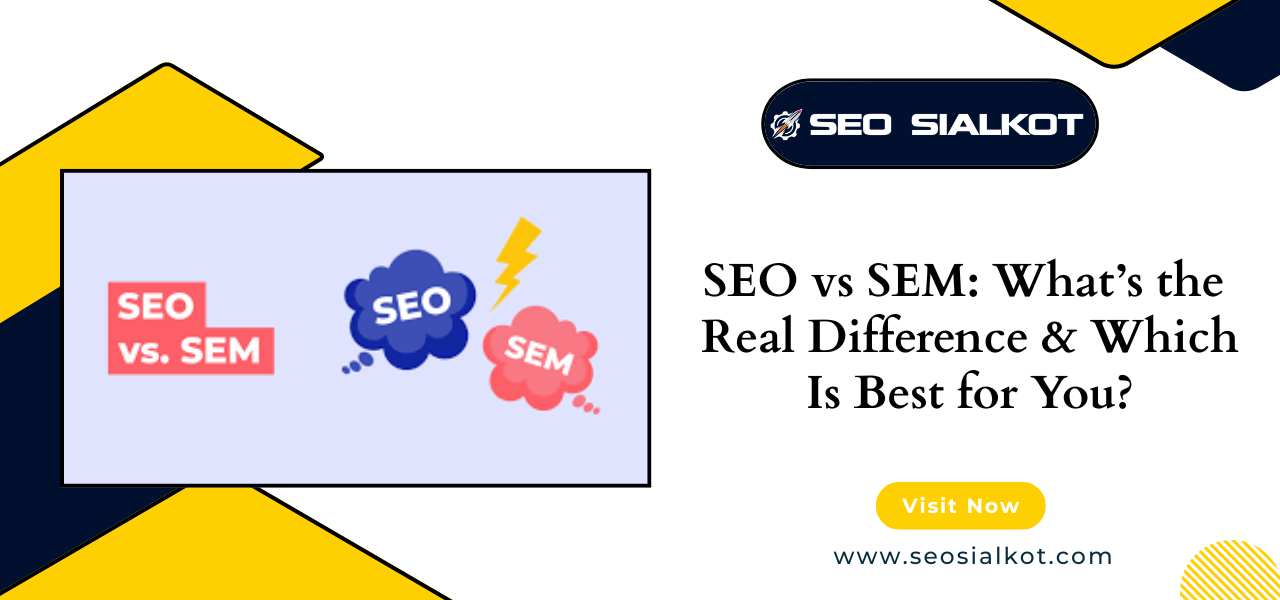SEO vs SEM: What’s the Real Difference & Which Is Best for You?
Let’s imagine you’ve just launched your own online store. You’ve worked hard on the design, listed your products, and now you’re ready for sales. But… no traffic. You search online and keep seeing two powerful digital marketing terms: SEO and SEM. Both promise results, but you’re not sure where to start.
This confusion is common — and in this guide, we’ll break it all down in a simple, engaging way. Whether you’re a beginner or brushing up your skills, this blog will help you understand SEO vs SEM, how each works, their differences, benefits, strategies, and when to use them.
What is SEO (Search Engine Optimization)?
SEO is the process of improving your website so that it appears in organic (non-paid) search results. Think of it as earning your spot on Google through quality content, website performance, and backlinks.
Key Aspects of SEO:
- On-Page SEO: Optimizing keywords, titles, headings, meta descriptions.
- Off-Page SEO: Building backlinks from other websites.
- Technical SEO: Ensuring your site loads fast, is mobile-friendly, and is easy to crawl.
- Content SEO: Writing helpful blog posts, guides, or product descriptions.
If done right, SEO builds long-term traffic and trust.

What is SEM (Search Engine Marketing)?
SEM, on the other hand, involves paying to show your ads on search engines. These are the sponsored results you see at the top of Google, labeled “Ad”.
Key Aspects of SEM:
- PPC (Pay-Per-Click): You pay each time someone clicks your ad.
- Google Ads: The most common SEM platform.
- Ad Targeting: You can show ads based on location, keywords, device, demographics, etc.
- Instant Results: Unlike SEO, SEM brings traffic right away.
SEM is perfect for businesses looking for fast exposure, especially during sales or product launches.
SEO vs SEM: A Direct Comparison
| Feature | SEO | SEM |
|---|---|---|
| Cost | Free (but time-consuming) | Paid (ads cost money) |
| Speed | Slow, takes time | Instant results |
| Longevity | Long-term traffic | Ends when you stop paying |
| Click Trust | Higher (organic results) | Lower (some users avoid ads) |
| Best For | Brand building, blogs, long-term growth | Promotions, product launches, quick traffic |
Which Is Better: SEO or SEM?
There’s no one-size-fits-all answer. It depends on your goals.
- Need instant traffic for a new product? Go with SEM.
- Want long-term visibility? Focus on SEO.
- Many businesses use both SEO and SEM together for the best results.

SEO and SEM Strategy: How to Use Them Together
Using both is called a hybrid strategy, and it’s very powerful.
Here’s how:
- Use SEM to drive fast traffic while your SEO builds up.
- Test different keywords with SEM first, then optimize SEO based on results.
- Create content for SEO, but promote it with SEM.
A strong SEO and SEM strategy works like fuel + fire: one builds, one boosts.
SEO and SEM Specialist: What They Do
A specialist in this field knows how to:
- Find profitable keywords.
- Write optimized content.
- Create effective ad campaigns.
- Track conversions and improve results.
Hiring an SEO and SEM specialist or agency can save you time and help you grow faster.
Do You Need an SEO and SEM Company?
If you’re busy running a business, yes.
A good SEO and SEM company will:
- Audit your website.
- Handle all technical SEO.
- Run Google Ads with proper targeting.
- Monitor and report performance.
It’s an investment that often pays off — especially if you’re targeting competitive keywords.

Real-Life Example: SEO vs SEM in Action
Imagine launching a new fitness app.
- With SEO, you create a blog on workout routines, optimize your app store page, and build links. It takes 3-6 months to see results.
- With SEM, you run Google Ads for “best fitness app,” and users start downloading within 24 hours.
The choice depends on your timeline, budget, and goals.
Common Questions About SEO vs SEM
1. How is SEM different from SEO?
SEO brings free traffic through organic rankings. SEM is paid advertising. SEO takes longer; SEM is instant.
2. What are the 4 types of SEO?
- On-page SEO
- Off-page SEO
- Technical SEO
- Local SEO
Each focuses on different parts of your site’s performance and visibility.
3. Is Google Ads SEO or SEM?
Google Ads is SEM. It’s paid marketing on the search engine.
4. Is SEO or SEM paid?
SEO is free, but takes time. SEM is paid, and brings quick results.
5. What is the main difference between SEO vs SEM?
SEO earns visibility; SEM buys visibility. SEO builds slowly; SEM is fast.
6. Can SEO and SEM be used together?
Yes! That’s called a blended SEO and SEM strategy and is often the most effective.
7. Which one is better for beginners: SEO or SEM?
Start with SEM if you need fast results. But always work on SEO for future growth.
8. Do SEO vs SEM affect mobile and desktop rankings differently?
No — but your ads and pages must be mobile-friendly for both.
9. What tools are best for SEO and SEM?
- SEO: Google Search Console, Ahrefs, SEMrush
- SEM: Google Ads, Microsoft Ads, SpyFu
10. Does SEO vs SEM have an effect on trust?
Yes. People trust organic SEO results more than paid SEM ads.

Final Thoughts: Which Should You Choose?
If you’re building a long-term online presence, SEO is essential. But if you need quick results or want to test ideas, SEM delivers fast. The best strategy? Use both.
Remember:
- SEO builds trust.
- SEM buys speed.
- Together, they build success.
If you’re serious about growth, don’t pick one — master both.

